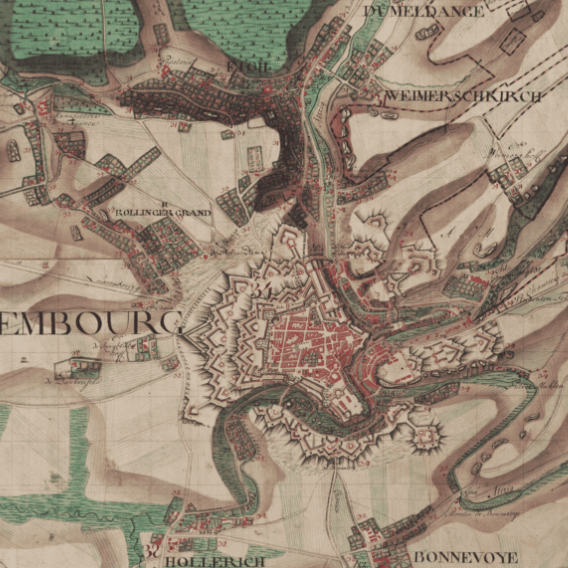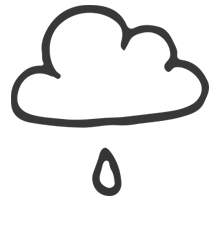From the late 18th century to the late 19th century, the mill was a means of harnessing water power to create and refine materials for construction, food, clothing, public utilities, warfare, lighting, writing, and many other purposes. In Luxembourg City, the needs of a growing population necessitated the production of these materials, and the high flow and accessible location of the Alzette River were ideal for mills.
As part of my research at the University of Luxembourg, I am studying modern cartographic documents of Luxembourg dating from the 1770s, which offer a unique insight into the historical development of these mills at a specific time.
Using these documents, I will show where these mills were located, describe their function and discuss their history, so that people can better understand the history of certain areas of the city where they live and which they can still visit today!
Where does it take place?
LUGA Lab - Vallée de l'Alzette
Parc Odendahl
Pafendall
Luxembourg
Otherwise… check out the agenda

see all the things
to do around you
Hey, don’t go away...
Get the best
outings around you
All the best deals
events
spots













